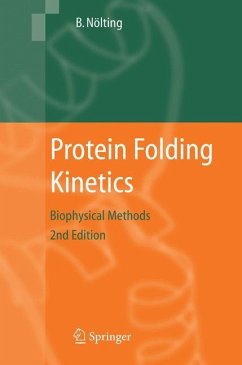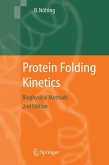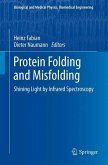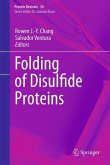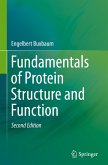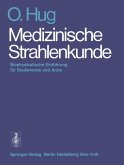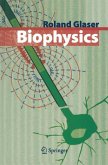Protein Folding Kinetics - Biophysical Methods (2nd Edition) gives a deep insight into the principles and concepts of the kinetic and structural resolution of fast chemical and biophysical reactions of proteins with emphasis on protein-folding reactions. The study of fast protein-folding reactions and the understanding of the folding paradox have significantly advanced due to the recent development of new biophysical methods which allow not only kinetic resolution in the sub-millisecond time scale but also structural resolution with unprecedented precision. Pathways and structures of early and late folding events and the transition state structures of fast- and ultrafast-folding proteins can now be studied in far more detail. Important techniques include biophysical, chemical, molecular biological and mathematical methods, in particular protein engineering, Phi-value analysis, time-resolved circular dichroism, optical triggers and pulsed infrared LASER methods, pressure and temperature jump, ultrafast mixing, stopped flow and quenched flow, dielectric relaxation and electric-field-jump, acoustic relaxation, fluorescence- and isotope-labeling, H/D exchange methods, NMR line broadening and stopped-flow NMR, transition state theory, solutions of rate equations, and evolutionary computer programming. Protein Folding Kinetics - Biophysical Methods is written for students and researchers in biochemistry, biophysics, and related fields.
Special features in the second edition:
-Includes detailed information and 12 color figures on the high resolution of folding transition states.
-Discusses structural determinants of the rate of protein folding on a timescale from microseconds to seconds.
-Provides information on self-evolving computer programs for protein-folding simulations and protein-structure predictions.
Hinweis: Dieser Artikel kann nur an eine deutsche Lieferadresse ausgeliefert werden.
Special features in the second edition:
-Includes detailed information and 12 color figures on the high resolution of folding transition states.
-Discusses structural determinants of the rate of protein folding on a timescale from microseconds to seconds.
-Provides information on self-evolving computer programs for protein-folding simulations and protein-structure predictions.
Hinweis: Dieser Artikel kann nur an eine deutsche Lieferadresse ausgeliefert werden.

